
Some types of fencing pose a threat to native wildlife with animals becoming trapped or entangled leading to serious injury. Fencing can also limit movement of wildlife, leading to displacement from natural habitat and risk to genetic diversity.
While fences are a useful and necessary form of land management, there are some easy steps land owners can take to ensure their fencing is safe for wildlife.
Barbed wire fences
Barbed wire fences can be deadly for our native wildlife. Wildlife Victoria commonly receives reports of wildlife becoming entangled in barbed wire including kangaroos, wallabies, bird species, grey-headed flying foxes and sugar gliders.
Sadly, many native animals that are caught in barbed wire are too badly injured to be rehabilitated. Barbed wire can be particularly dangerous for flying foxes, microbats and gliders which can get their membranous wings/gliding appendages caught on barbs, often resulting in devastating injuries. Nocturnal animals are especially vulnerable to barbed wire as they simply may not see it.
Plain wire and mesh fences
Wildlife Victoria frequently receives calls for kangaroos and wallabies that have their legs entangled in wire fencing. This results in the animal hanging upside down and becoming what we refer to as a ‘fence-hanger’. These animals may be left hanging upside down for hours depending on when someone makes a report to Wildlife Victoria. This can result in significant injury as the macropod tries to free themselves.
Koalas moving along the ground and between trees may also become entangled in fences as they move underneath them. If they are carrying a back-rider joey, the joey may become entangled and be abandoned by their mother who is able to move under freely.
Non-wire fences
Occasionally, animals like possums and birds can become trapped between wooden pickets of fences. While wooden picket fences are not inherently dangerous to wildlife, it is important to keep an eye out for situations such as these where native wildlife may require assistance.
Fencing causing displacement and abandonment of young
Since fences fragment habitats, they can sometimes prevent or alter the natural movement of wildlife through habitats they share with humans. Sometimes young wildlife can be separated from their parents on opposite sides of a fence, causing distress to both parties and in some cases when help is not provided, can lead to parents abandoning their young. This can occur in animals like ducks as they make their journey to a water source with their ducklings, or kangaroos where the adult but not the at-foot joey is able to jump over a fence. Fencing erected in the process of urban development which infringes on the habitat of wildlife can also pose issues for wildlife migration and can force animals into small areas with insufficient food resources or into areas where they have heightened risk of vehicle collision.
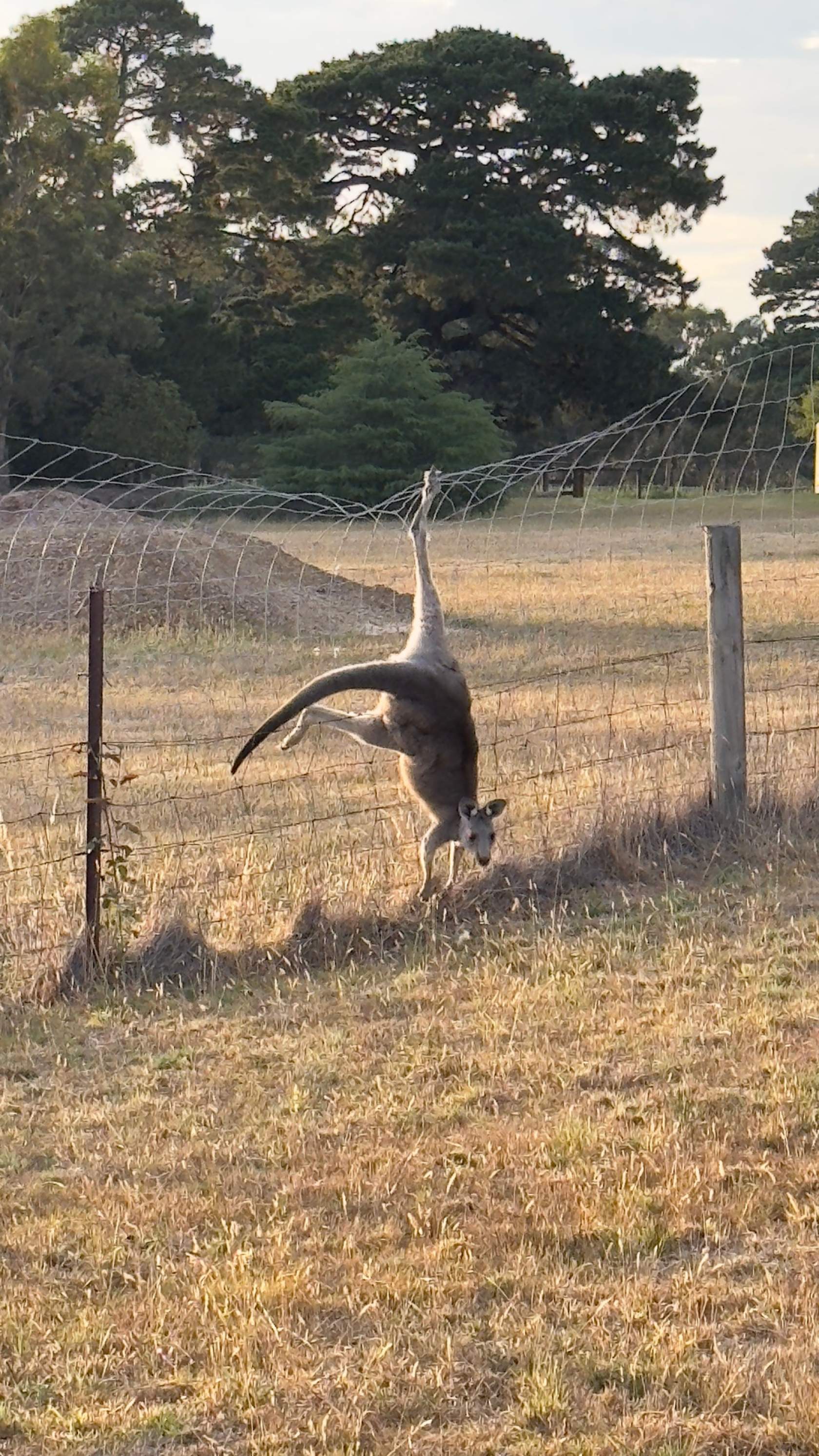
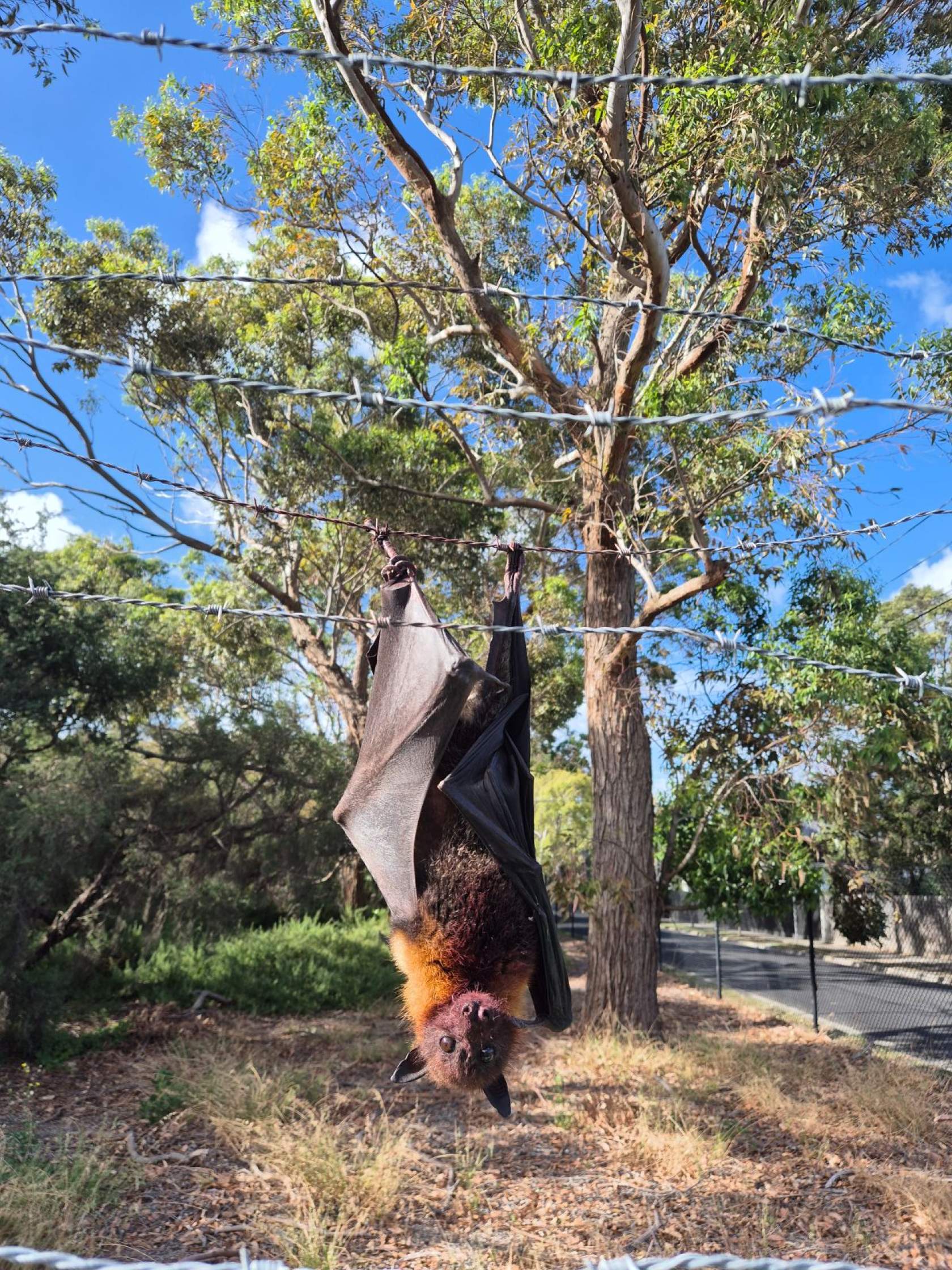
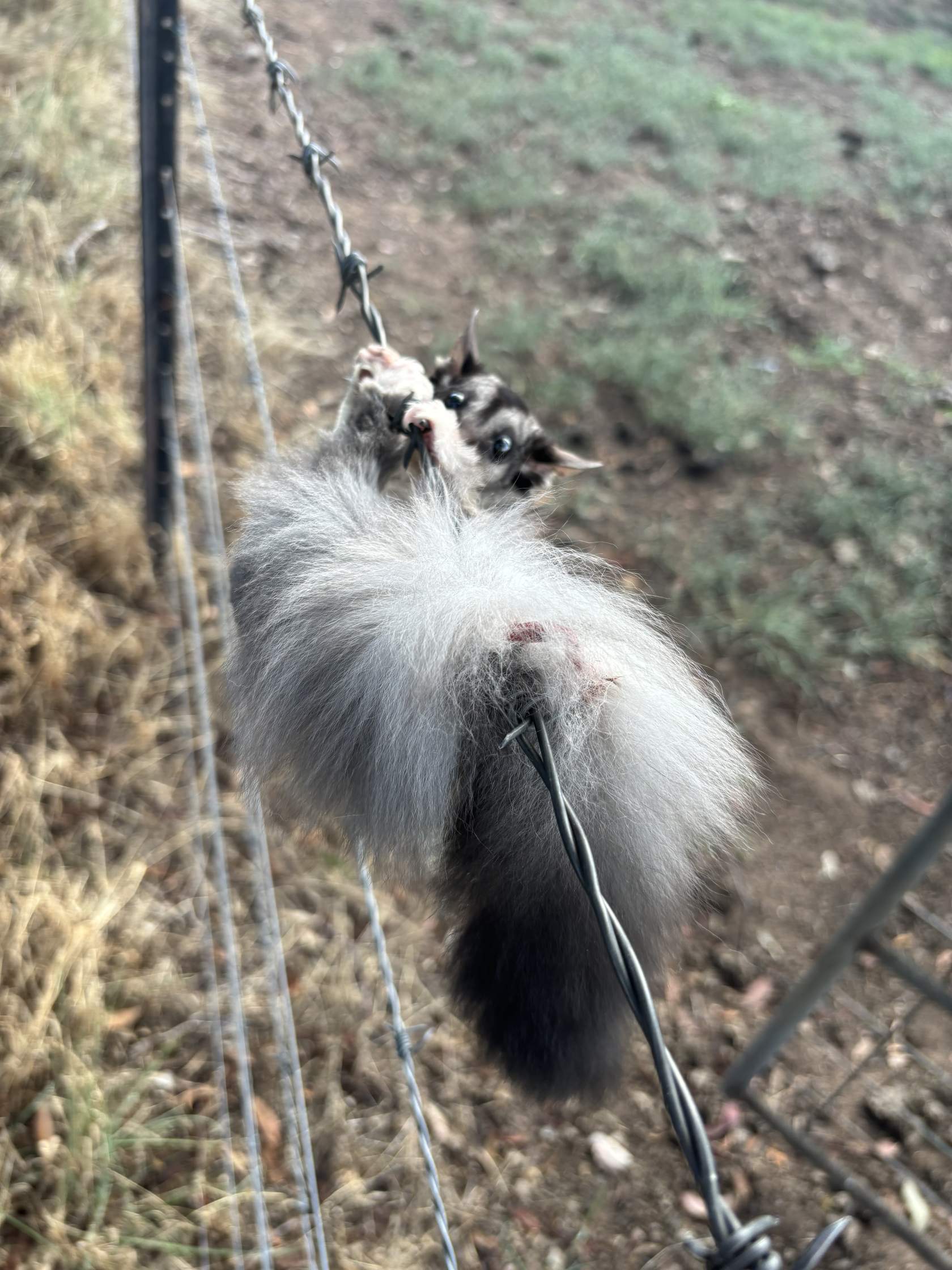

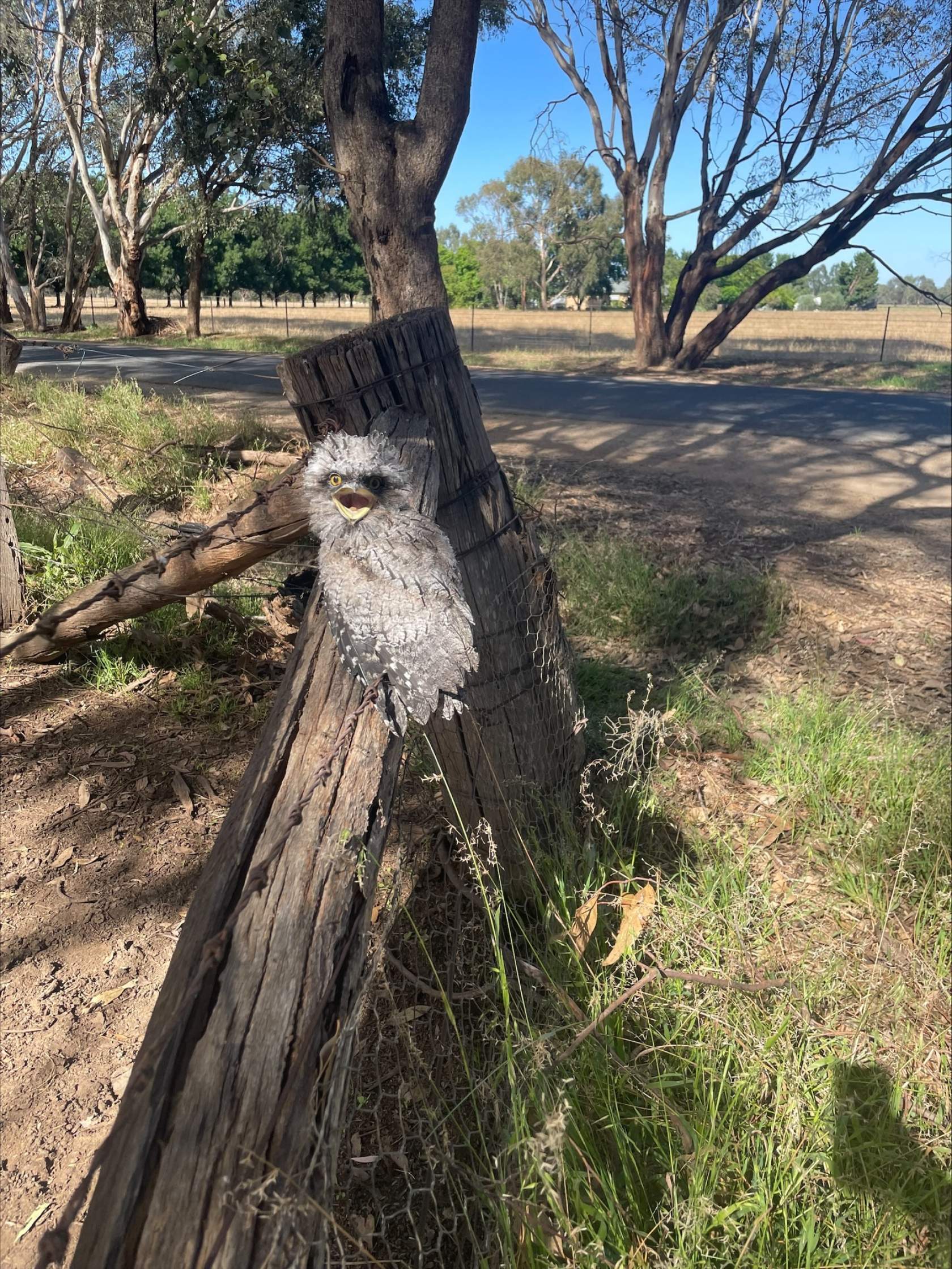
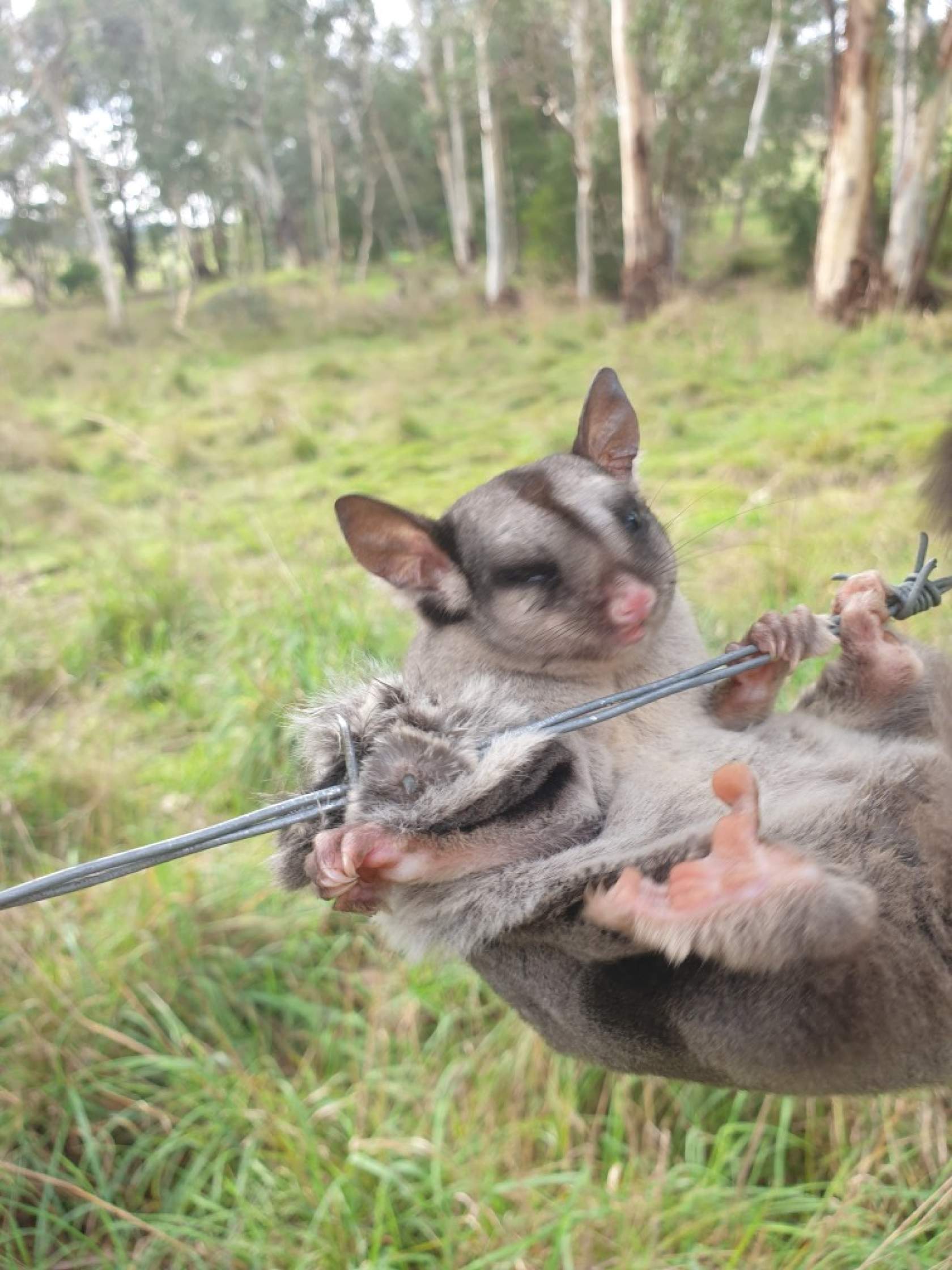


What can you do to help?
If you see a native animal entangled in fencing you should call Wildlife Victoria’s Emergency Response Service immediately on (03) 8400 7300. Do not attempt to remove the animal yourself as this may increase distress and injury. It’s also important for an animal that has been entangled in a fence to be assessed by a veterinarian prior to release as there is a high risk of infection for untreated wounds.
Where possible and where barbed wire is not necessary, it is best to remove barbed wire and remove the risk to wildlife entirely. Alternatively, you can replace the top strand of barbed wire with plain or plastic-coated wire as the top two wires are the most likely to cause significant injury.
In cases where barbed wire is required, you can attempt to identify wildlife hotspots where animals are frequently moving over the fence (e.g. around dams) and cover the top wire with split poly pipe or prioritise removing barbed wire in this area. If you do choose to keep barbed wire fences on your property, please check wildlife hotspot areas regularly for entangled or displaced wildlife.
Both barbed and plain wire fences can cause issues for wildlife because they are difficult to see. This can be solved by improving fence visibility, such as attaching reflective metal tags or unwanted CDs to the fence, or running brightly coloured tape to the top strand.
Planting more native trees on your property can reduce the risk of native wildlife displacement and assist in the natural movement of wildlife – this is especially important over fragmented landscapes. However, if you do have barbed wire fences, do not plant trees alongside them until you remove the barbs, as this could increase the risk of wildlife becoming entangled by encouraging them to move into the area.
For wildlife (e.g. wombats, koalas, kangaroos) which move under fences, the bottom wire(s) of a fence can be removed to allow at least 50cm of space for animals to move under. In cases where young animals have been separated from their parents by a fence, you can assist them in reuniting by opening gates where possible or if unsure, calling Wildlife Victoria’s Emergency Response Service on (03) 8400 7300.
We hope that by increasing your understanding and awareness of our beautiful wildlife, you will feel empowered to manage wildlife situations confidently and in an informed, safe and appropriate manner. For support at any time, please call our 24/7 Emergency Response Service on (03) 8400 7300.
